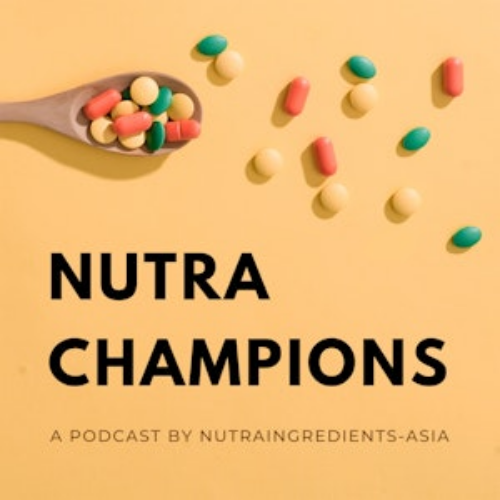Vitamin-shy Asia-Pacific on verge of osteoporosis crisis

The report was produced with the support of an unrestricted educational grant from New Zealand dairy giant Fonterra, which has been working alongside the IOF for seven years to raise awareness about the lifestyle and diet steps people can take to help prevent the onset of the debilitating disease.
A diet rich in calcium and protein, adequate levels of vitamin D, and regular weight bearing exercise are essential to reduce the risk of osteoporosis and hip fractures later in life.
Danger signs
The report’s findings are stark. China will see 48.5 million people suffer from osteoporotic fractures by 2050, it revealed, while up to 90 per cent of Thais at high risk of osteoporosis if they are not identified or treated, and one in four Indonesian women aged between 50 and 80 years are at risk.
The number of Filipinos at high risk will reach over 10m by 2050, by which time more than 7m Vietnamese women will be facing the disease, it continued.
The economic costs of osteoporosis have been mounting for some time. In Singapore, for example, the cost of managing hip fractures within the first year after the fracture is set to skyrocket to US$145m by 2050, compared to treatment costs of US$17m in 1998.
Singapore, Taiwan and China have officially designated osteoporosis as a national health priority.
IOF chief executive Judy Stenmark said that despite the high prevalence and impending health crisis in the region, osteoporosis remains an under-diagnosed, under-treated and under-resourced disorder.
“The incidence of hip fracture has already risen two- to three-fold in most Asian countries over the past 30 years and we expect that by 2050 more than 50% of all osteoporotic hip fractures will occur in Asia,” said Stenmark.
“Through this publication, the IOF calls for urgent action to be taken to avoid catastrophic socio-economic costs and the unnecessary pain, suffering and death of millions of people in the future.”
Greater awareness
Low levels of vitamin D and calcium consumption are reported throughout the region, with average daily intake well below the WHO’s general recommended level of 1,000-1,300mg in most countries. In Malaysia and the Philippines for example, calcium intake is alarmingly low, with daily intakes of below 500 mg and 440mg respectively.
Fonterra nutritionist Joanne Todd said the company is committed to working alongside partners such as IOF to help raise awareness about osteoporosis and the simple steps people can take to maintain bone health.
“Our bone mass peaks at about 30 years old and when we reach this age, without adequate nutrition and regular exercise, bones can start to lose bone mass which can lead to osteoporosis,” she said.








